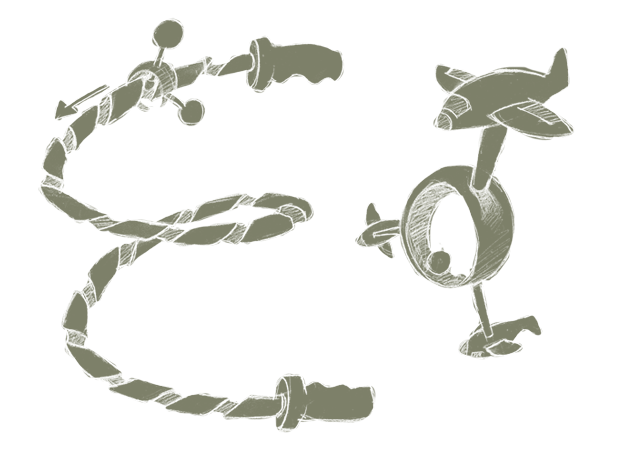A Toy based on rotational movement on helix

HOW? The toy begins to move when the spinning ring had been rotated by hand. They contain handle-like figures sticking out, which will aid the child to spin the object attached the helix. Then, the spinning ring will move lower as it rotates on the track on the big helix. Once the ring arrived on the bottom, child can use the handle to flip the entire toy upside down and repeat the action.
PRINCIPAL? Translational motion caused by rotational motion. Very simple application of energy conservation.
SAFE? The durability of the toy may depend on the size of the entire toy. Since the toy is not meant to be too heavy to be lifted and be flipped by a child, it may require to avoid being large. It is likely to have a height of a foot. It is expected to be relatively safe for children since there are no tiny parts that can be detached. The "track" on the helix may need to be smoothed out in order for it to avoid being razor sharp. Construction cost is likely to stay realistic since most parts will be plastic.
$$ Cost estimation: $6-9
Meehyun Jang
Carnegie Mellon University
Feburary 6, 2007